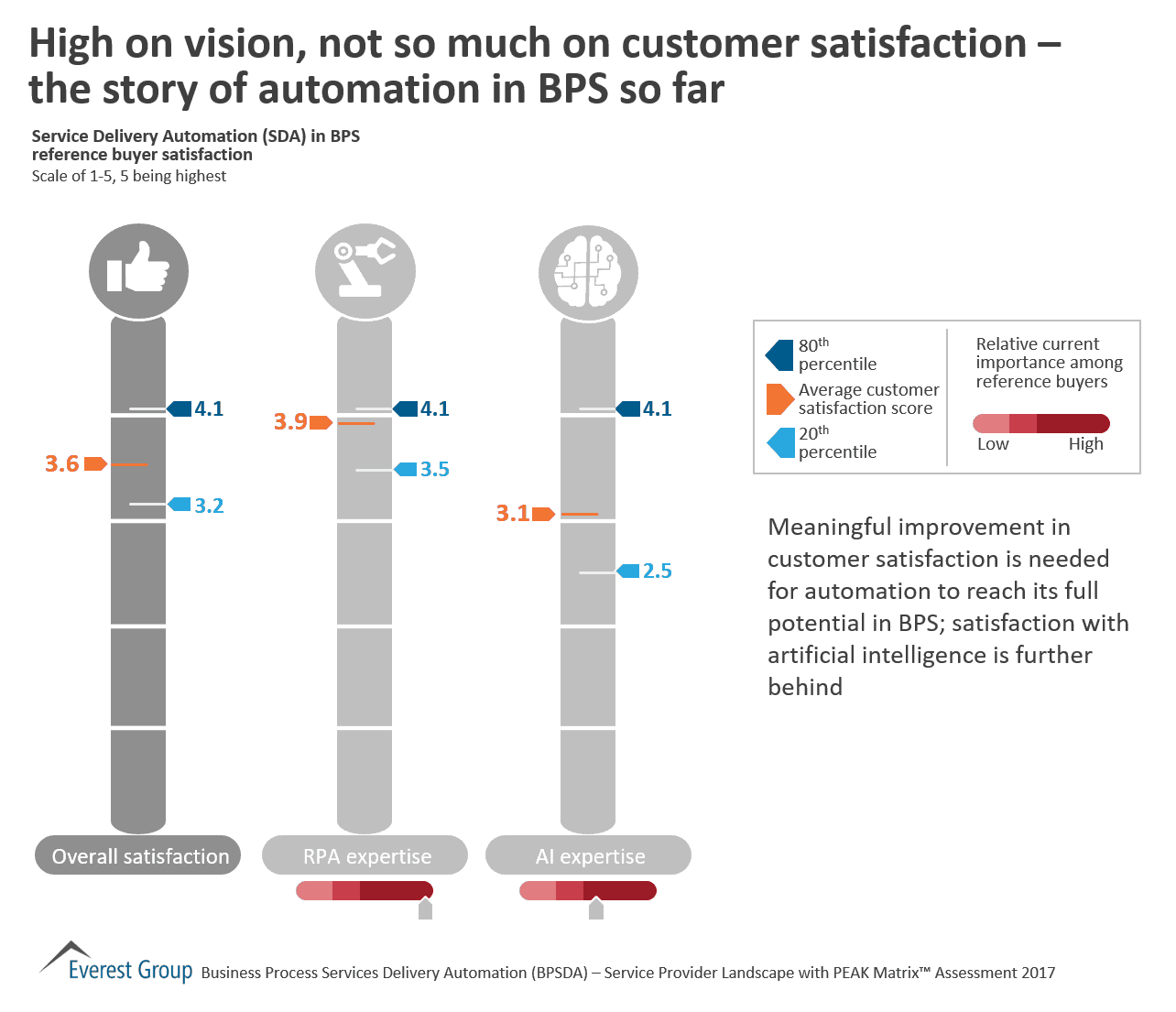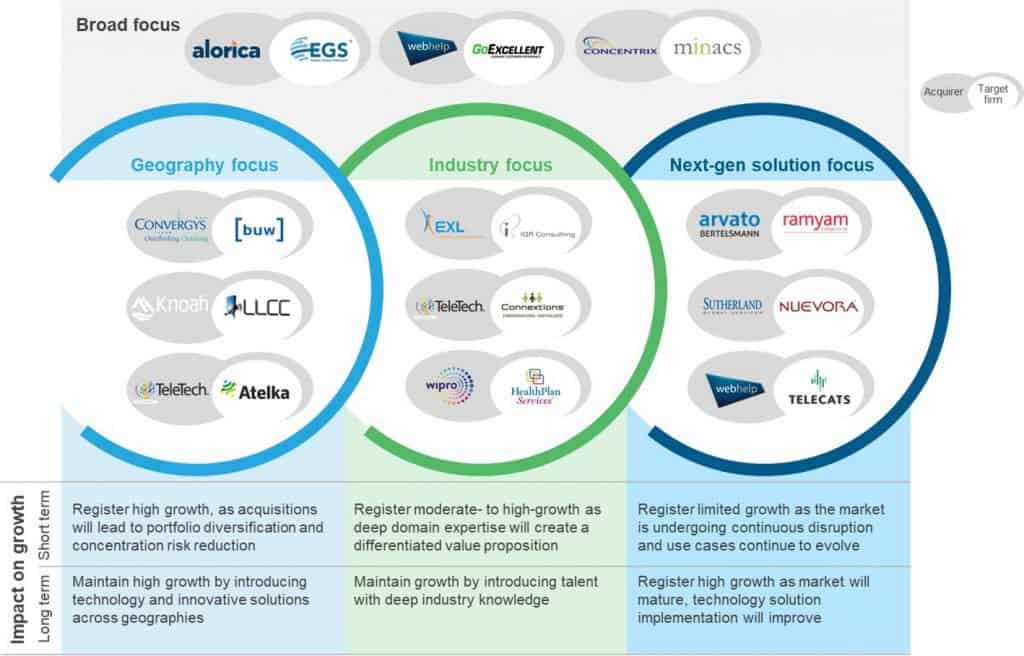July 20, 2017
It was not long ago that I was talking to a German manufacturer about the relative merits of different types of automation solutions on the market. The client did not want any services-layer, API or connector-based process integration. He said those were in the realm of Business Process Management (BPM) and IT. That is why he was going for Robotic Process Automation (RPA), for integration through the user interface. We discussed the pros and cons of these different approaches – but the point is that he was looking for an alternative to traditional BPM. He, and many others, have come to view RPA as that alternative. Yet, recent announcements by leading vendors show that RPA and BPM are coming together. Announcements by IBM and Automation Anywhere, and Appian and Blue Prism, indicate that we have really come full circle and that the RPA and BPM twain have already met.
This was inevitable:
- The recent success of RPA was a bolt out of the blue for the BPM market, distracting and taking away many potential customers and reaching business users that BPM providers could only dream about. BPM vendors had to take steps to protect their share of the market
- The growing scale of RPA deployments is another driver for the twain to meet. It is one thing having a few robots running basic processes, but as organizations’ automation ambitions have become loftier, the need for integration with workflow to increase control and orchestration has grown too
- Robotic Process Automation is not the answer to all automation requirements and, therefore, combining it with BPM for a full set of capabilities to handle different situations is a no brainer. Some of the most successful automation deployments combine RPA with BPM-based large strategic system integration and transformation. In these scenarios, RPA complements the BPM integration by connecting core business platforms to other disparate enterprise systems
IBM and Automation Anywhere
With their announcement, IBM and Automation Anywhere have taken their partnership to the deeper level of integrated offerings:
- IBM will include Automation Anywhere Enterprise edition in its BPM software catalogue. Currently BotFarm and Automation Anywhere’s cloud offerings are not included
- It will resell and support Automation Anywhere
- IBM will integrate Automation Anywhere with the software becoming a part of its IBM Digital Process Automation platform. This included IBM Business Process Manager (BPM) and IBM Operational Decision Manager (ODM)
- Automation Anywhere will be the standard RPA software offering unless clients ask for another
As things stand today, IBM Digital Process Automation orchestrates processes between core systems while Automation Anywhere RPA automates repetitive rules-based tasks. IBM’s vision for the future is that BPM and RPA will be integrated into a flexible offering with software, services and consultancy provided from a single source. In the future, we will see IBM add cognitive capabilities to this mix. The question is how much of Automation Anywhere’s intelligent capabilities will feature in IBM’s software catalogue.
While the move by IBM to build this partnership is part of the maturing RPA market, it must have been partly driven by a move by its other major RPA partner, Blue Prism, to join forces with Appian, a BPM vendor with whom Blue Prism has built deeper software integration. Last year, another BPM player, Pega, acquired Open Span, which also offers Robotic Process Automation.
An additional driver is that RPA offers integration at a relatively low cost of entry, and this partnership allows IBM to bring in customers at a lower starting point to traditional BPM projects.
Appian and Blue Prism
This week, Appian and Blue Prism, which, had already built some plug and play capabilities together, took their relationship to the next level with the announcement of an extension to Appian’s platform that is based on RPA from Blue Prism. The partners are also aiming for a one-stop-shop to all automation requirements and seamless integration between their combined BPM and RPA products.
Interestingly, the Blue Prism partnership with IBM is going on, unaffected by these pairings. The groups involved are different: Blue Prism started in IBM’s Global Process Services and expanded to GBS Digital. Automation Anywhere’s relationship is with IBM Software.
It is important to note that the Appian move is part of Blue Prism’s strategy to turn its software into a platform that other solutions can be plugged into easily. The Blue Prism Technology Alliance Program (TAP) will see integrated offerings from partners in cloud, virtualization, analytics, process mining, artificial intelligence including computer vision, as well as BPM. IBM is a TAP partner. Others, include Celaton and Instream, its intelligent automation software.
These alliances open new opportunities for Blue Prism, for example, to handle processes that use unstructured content and to access services that are run on cloud solutions. In summary, interoperability is going to be a key feature of the Blue Prism platform and the Appian move is a major step in that direction.
Everest Group has addressed aspects of automating different levels of processes with different solution types in a paper titled “Pushing the Dial on Business Process Automation”.
Everest Group has just positioned IBM as a Leader in a PEAK Matrix™ assessment of Business Process Services Delivery Automation (BPSDA).
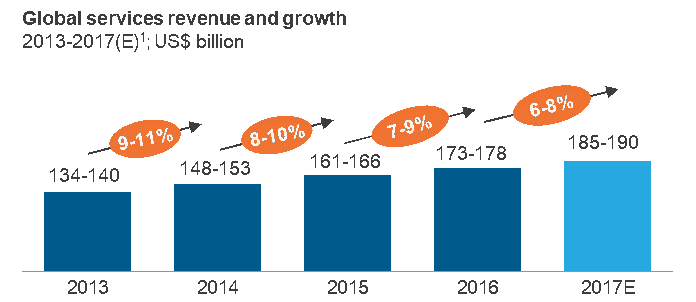
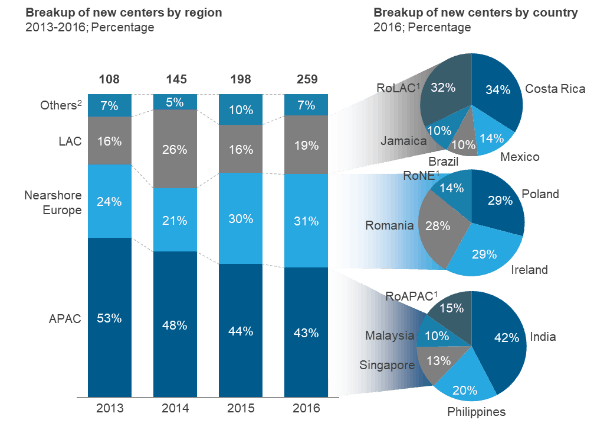
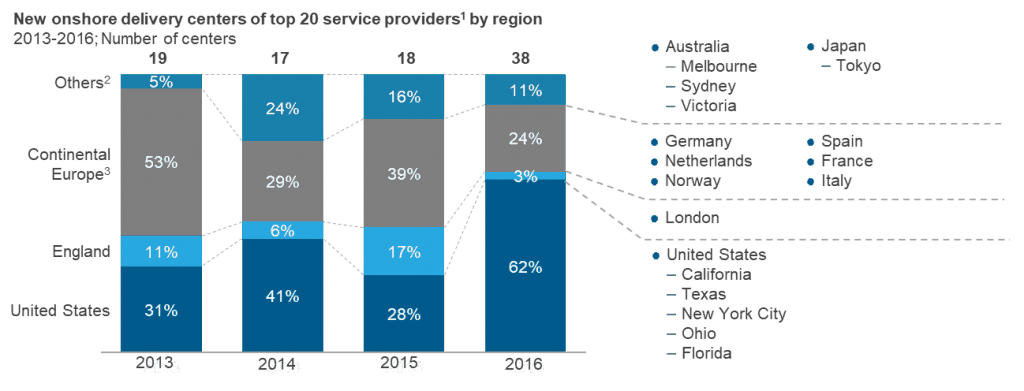 1 20 leading service providers across IT and BPS that
1 20 leading service providers across IT and BPS that 